Need an escape from the daily grind? Let America's Southeast national parks restore you.
The Southeast overflows with wild sanctuaries — soak up mountain views in the Smokies, spot gators wading through Everglades’ sawgrass, snorkel coral reefs off remote Dry Tortugas islands, glide through still waters under Congaree’s towering hardwoods.
From red rock hoodoos to lush forests, lose yourself in trails and glimpses of endangered wildlife. Leave the world behind for a little while and rediscover nature’s respite.
Keep reading for insider tips to plan your trip through five rejuvenating parks.
1. Great Smoky Mountains National Park
Great Smoky Mountains National Park, on the border between North Carolina and Tennessee, attracts millions of nature enthusiasts, hikers, and history buffs yearly.
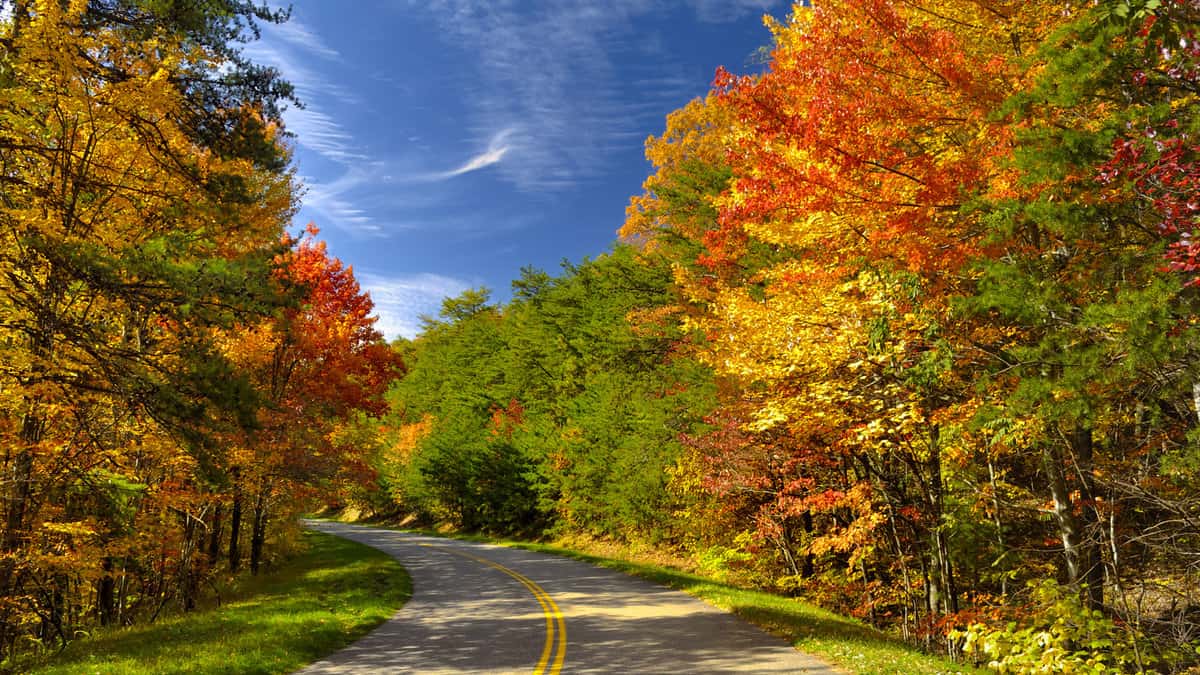
As America's most visited national park, the Great Smoky Mountains National Park showcases rich biodiversity and Southern Appalachian mountain culture.
You can explore over 800 miles of trails, including Laurel Falls, Alum Cave Bluffs, and Chimney Tops, offering various difficulty levels and rewarding views.
Wildlife thrives here, with Cades Cove being a prime spot for viewing. If you prefer a relaxed visit, take an auto tour on the scenic roads. Plus, the park preserves Southern Appalachian history through historic buildings and remnants of the past.
Save these practical tips from TripAdvisor users for your visit to Great Smoky Mountains National Park:
- Stay in Gatlinburg for its proximity to the park and ease of walking downtown. Make reservations early.
- Start early to hike Laurel Falls to avoid crowds, and drive through the 11-mile one-way road in Cades Cove, looking out for wildlife. Note: there's no cell service.
- Get an early start to visit Newfound Gap Road/hwy 441, Clingmans Dome (weather permitting).
- Avoid using restrooms at Clingmans Dome due to a lack of running water.
- Drive up from Atlanta on I-75N, exit at Lenoir City/hwy 321 towards Maryville, then head toward Townsend.
- Enjoy the Foothills Parkway for mountain views, and explore attractions in Pigeon Forge and Gatlinburg.
- Roaring Fork Motor Nature Trail can be an early morning drive, followed by breakfast at local favorites like Pancake Pantry or Crocketts Breakfast Camp.
2. Everglades National Park
The Everglades National Park is a biodiverse sanctuary for numerous endangered species like the manatee, American crocodile, and the Florida panther.
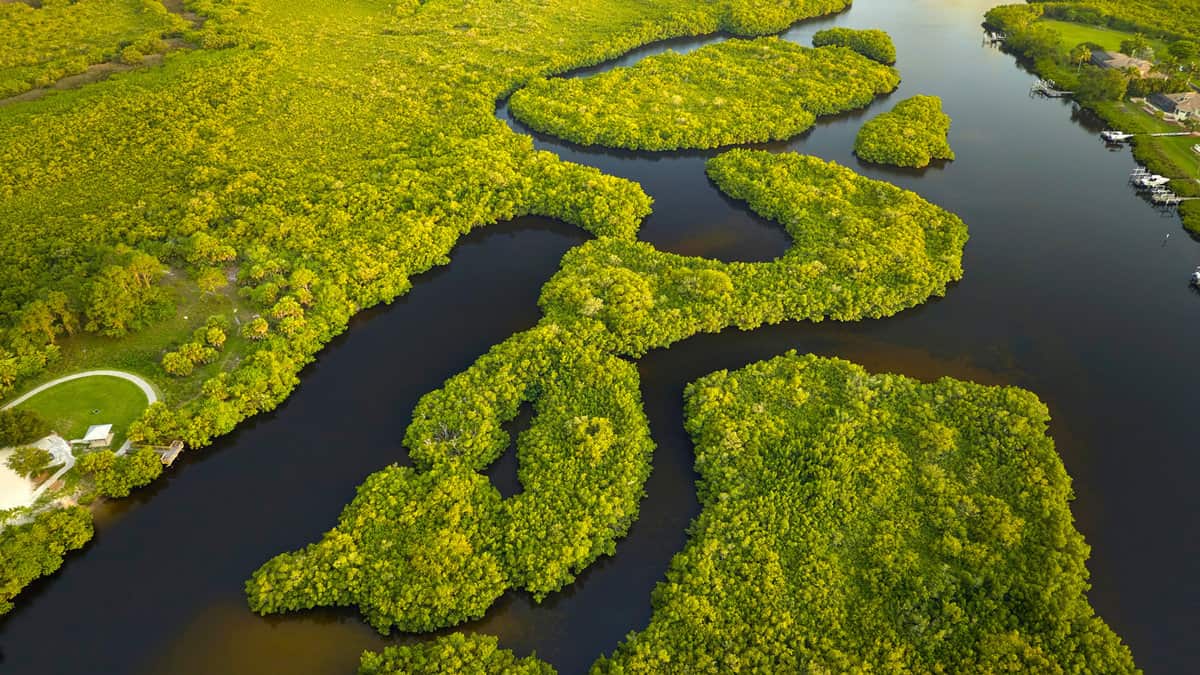
The "River of Grass" is the largest tropical wilderness in the United States. Its hardwood "islands" and sawgrass prairies are home to various plants and animals.
You'll have the chance to spot endangered species in this expansive park, making it a wildlife enthusiast's paradise. You can also explore the park's waterways and enjoy a day of boating or fishing amid nature's grandeur.
To make the most of your visit, prepare accordingly. Be ready for mosquito warnings on certain days, and bring essentials like water and insect repellent.
For more activities and advice to consider, take it from past visitors of the Everglades National Park:
- For a half-day plan, visit Anhinga, Gumbo Limbo, and the Pay-Hay-Okee Overlook around sunset.
- Explore Mahogany Hammock, West Lake, Snake Bite Trail, Mrazek Pond, and Eco Pond for a full-day plan.
- Spot anhingas, herons, turtles, and alligators at the Anhinga Trail.
- Take in excellent Everglades views at the Pay-ha-okee Overlook.
- If you're a bird enthusiast, don't miss Mrazek Pond.
- You can also enjoy the Everglades landscapes during the drive to Flamingo.
3. Dry Tortugas National Park

Embark on an odyssey to one of the most remote national parks in the United States, Dry Tortugas National Park. Located 70 miles west of Key West, it comprises seven small islands surrounded by clear waters.
It's famous for its 19th-century fort, stunning coral reefs, and diverse marine life. You can explore vibrant marine ecosystems through snorkeling and diving.
You can reach Fort Jefferson by ferry, private boat, or seaplane. Knowledgeable rangers offer guided tours, sharing stories of the fort's history and natural wonders to enhance your visit and deepen your appreciation for this extraordinary place.
During migration seasons, you can also enjoy birdwatching and witness the beauty of these feathered inhabitants.
To make the most of your visit, consider these practical tips from TripAdvisor users:
- Choose a 2-hour boat tour to the park for meals, snorkel gear, and a history lesson — book in advance due to high demand.
- Stay at Silver Palms Inn in Key West for added amenities and a convenient Dry Tortugas day trip location.
- Consider flying to the park to avoid crowds and seasickness. Get a unique view of sunken ships and arrive ahead of the boat crowds for a quieter experience.
Did you know that Dry Tortugas National Park is known for its stargazing spots and bioluminescence? Read more about it here: Dry Tortugas National Park: A Dark Sky Paradise for Bioluminescence and Stargazing
4. Congaree National Park
The Congaree National Park is a tribute to the ancient, primeval wooded landscape that once covered the southeastern United States.
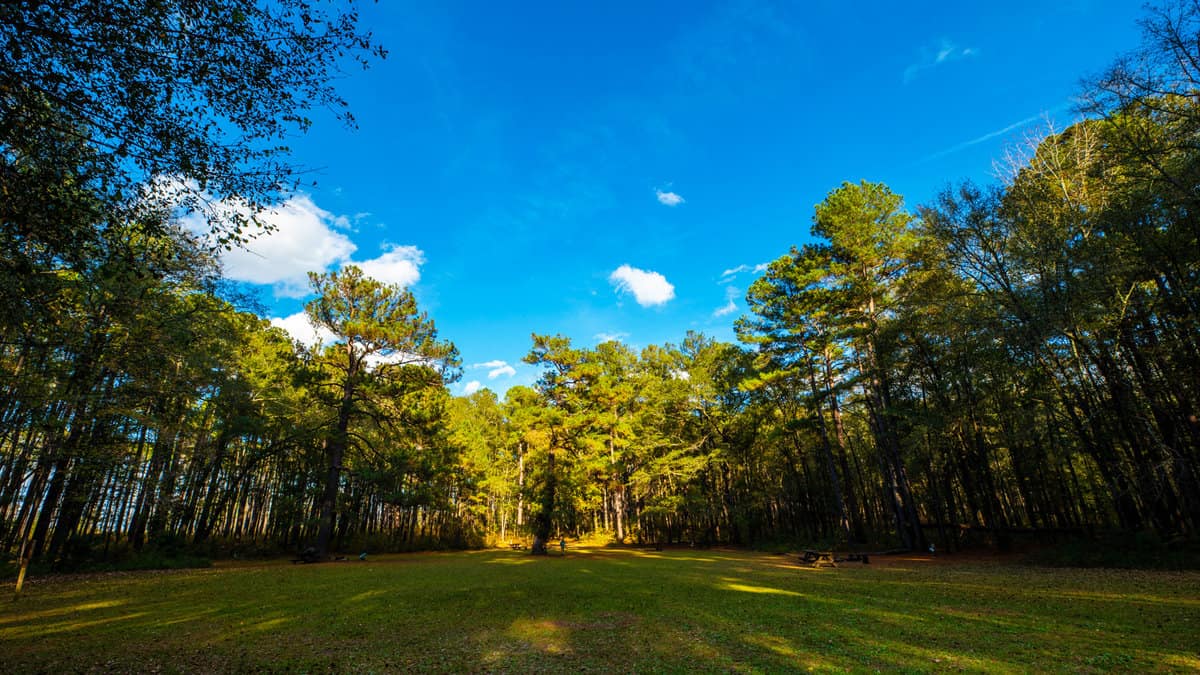
Congaree has some of the tallest trees in the east, and you can explore a diverse mix of cypress, oak, and hickory forests on its extensive 25-mile trail network.
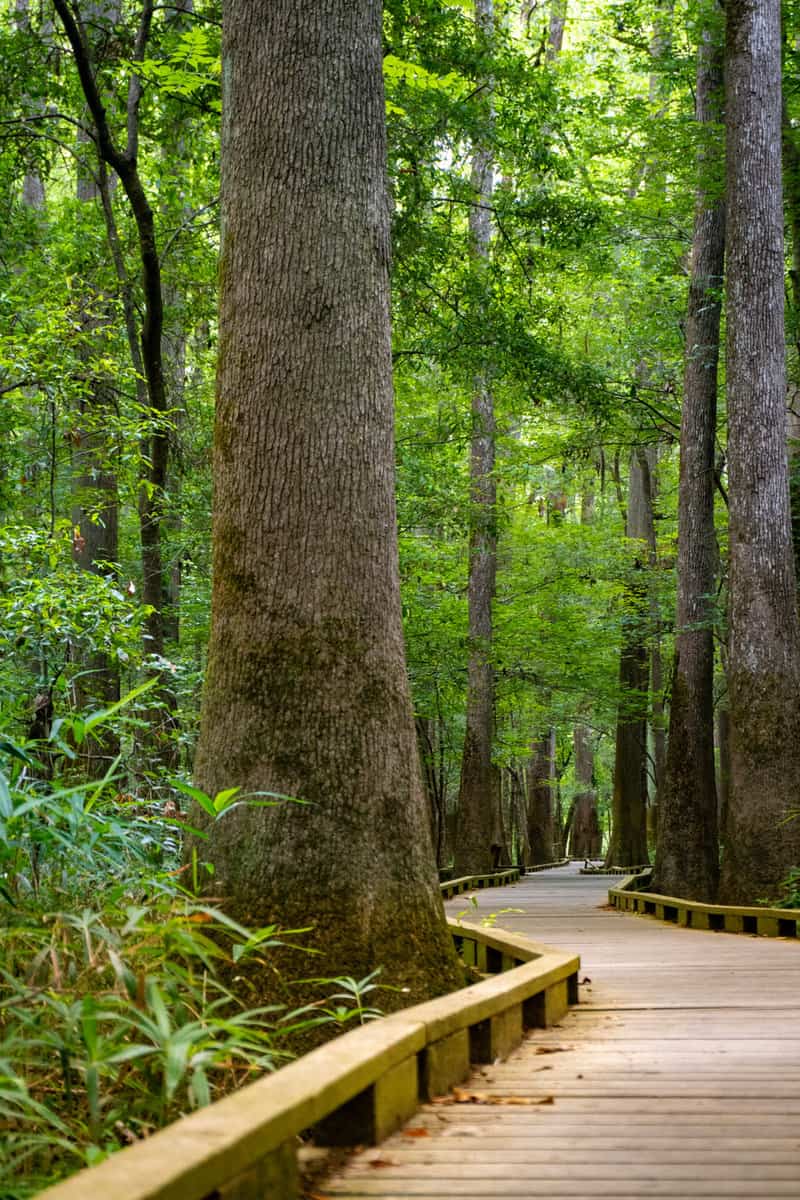
Congaree is a wildlife haven with diverse species like graceful deer, playful otters, and various birds.
Start your adventure at the Harry Hampton Visitor Center, where you can explore the park's rich natural and cultural history. Deepen your understanding of this ecological wonder through guided walks and rangers-led talks.
A visitor favorite, the Boardwalk Loop provides an elevated view of the lush floodplain.
If you're a canoeing and kayaking enthusiast, this is your haven. Paddle along the serene waters of Cedar Creek, where ancient forests create an enchanting backdrop for your journey.
To be more prepared for your visit, keep these real-world tips in mind:
- Enjoy the park even on cold or overcast days, but check for flooding before visiting in winter.
- Explore the boardwalk trail, great for families, and watch for wildlife depending on the season.
- Expect fewer wildlife sightings in colder months, but be prepared for mosquitoes in warmer months.
5. Mammoth Cave National Park
Mammoth Cave National Park in Kentucky is a hidden gem for those seeking an underground adventure. As a UNESCO World Heritage Site and International Biosphere Reserve, it boasts the world's longest cave system, spanning over 400 miles.
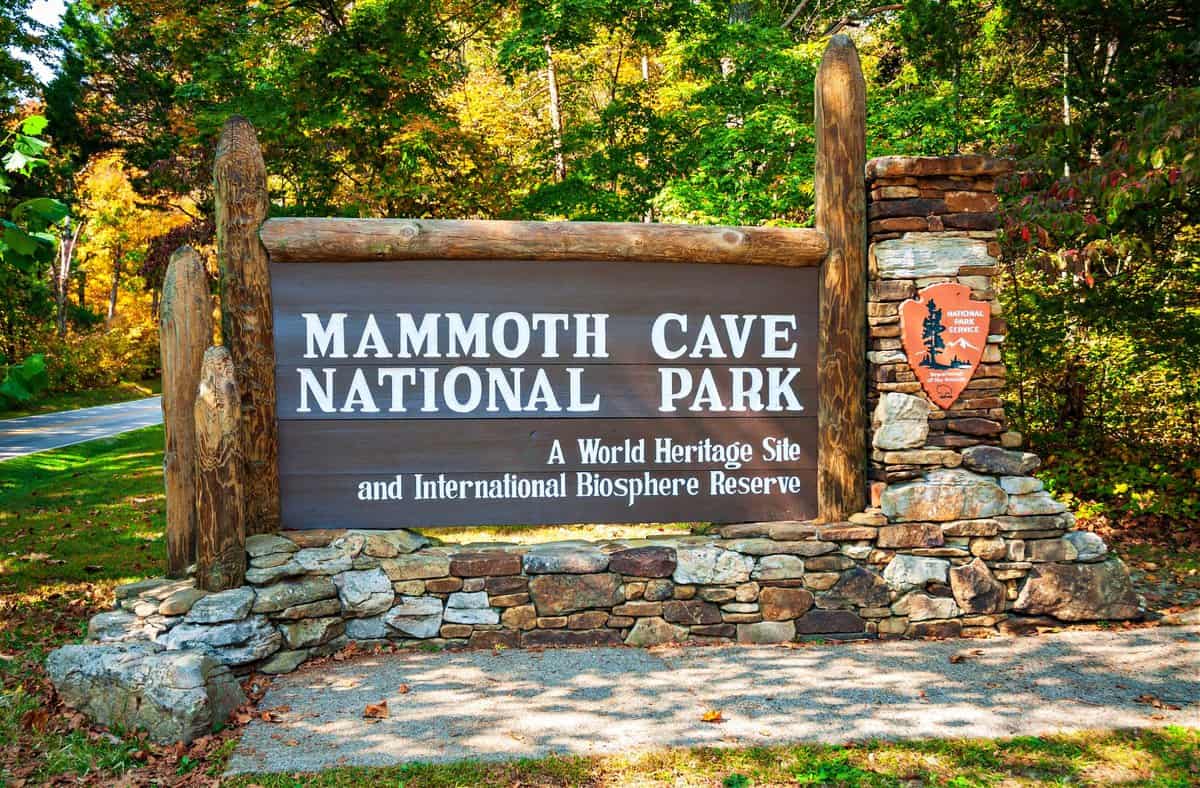
But Mammoth Cave offers more than just its subterranean wonders. Above ground, the park's 53,000 acres of river valleys, forests, and rolling hills provide a playground for outdoor enthusiasts. Here's what you can do:
Here's what you can do:
- Cave Tours: Ranging from easy walks to challenging expeditions, the cave tours cater to all levels of adventurers. Discover the vast underground network that makes this park famous.
- Hiking and Biking: Over 80 miles of trails invite you to explore the park's natural beauty on foot or by bike. Each trail offers a unique perspective of the park's diverse landscape.
- Canoeing and Kayaking: Glide along the serene Green and Nolin Rivers, enjoying the tranquility of the water and the beauty of the surrounding nature.
- Horseback Riding: With 60 miles of backcountry trails, horseback riders can uniquely experience the park's beauty, suitable for various skills and ages.
- Stargazing: As an International Dark Sky Park, Mammoth Cave offers exceptional stargazing opportunities. Witness the night sky in all its glory in this unpolluted environment.
- Fishing: The park's rivers are a haven for anglers. Check the fishing regulations and enjoy a peaceful day by the water.
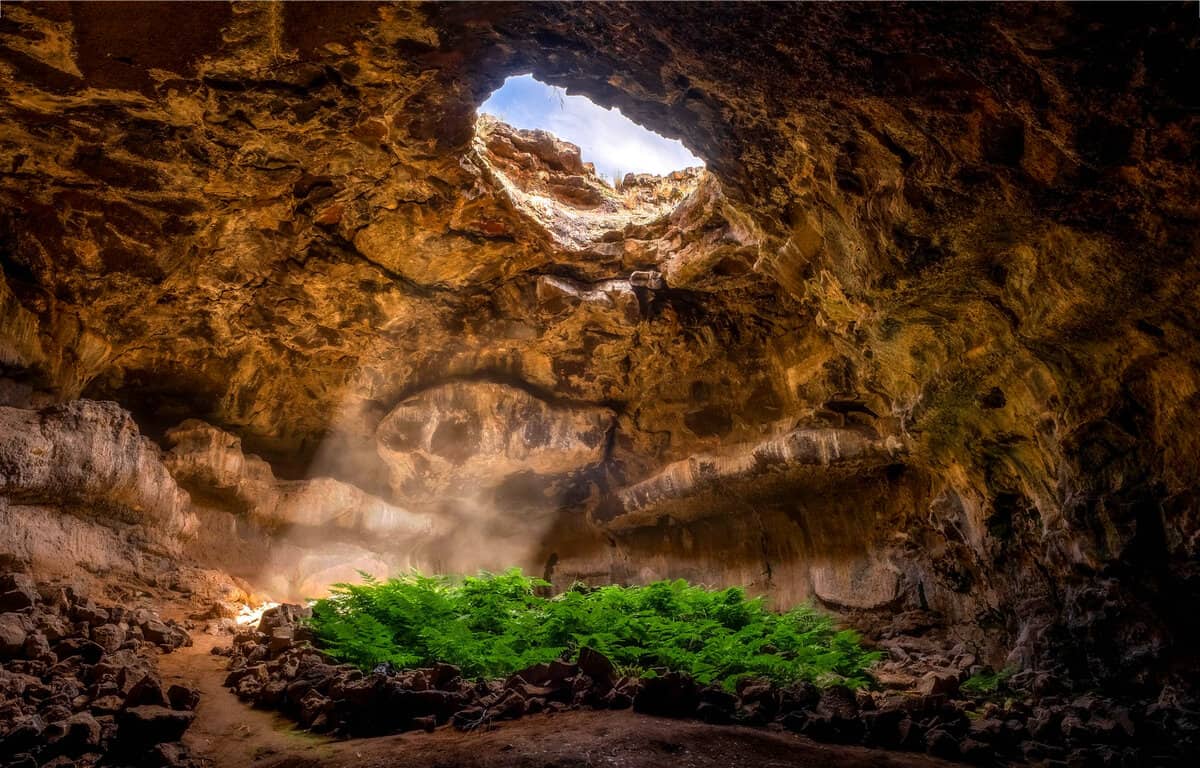
For a complete experience, visitors are encouraged to check the park’s website for tour schedules, camping information, and seasonal activities.
Whether exploring the caves' depths or enjoying the scenic views above, Mammoth Cave National Park promises an unforgettable adventure.
Discover Your National Park Adventure
As you visit the national parks in the Southeast, connect with nature's restorative energy and make lasting memories.
Be mindful by leaving no trace, protecting wildlife, and appreciating the marvels you'll discover. Lose yourself in nature and recognize again the magnificence of our world, escaping daily life's dread.
Enjoy, and have a safe trip!
